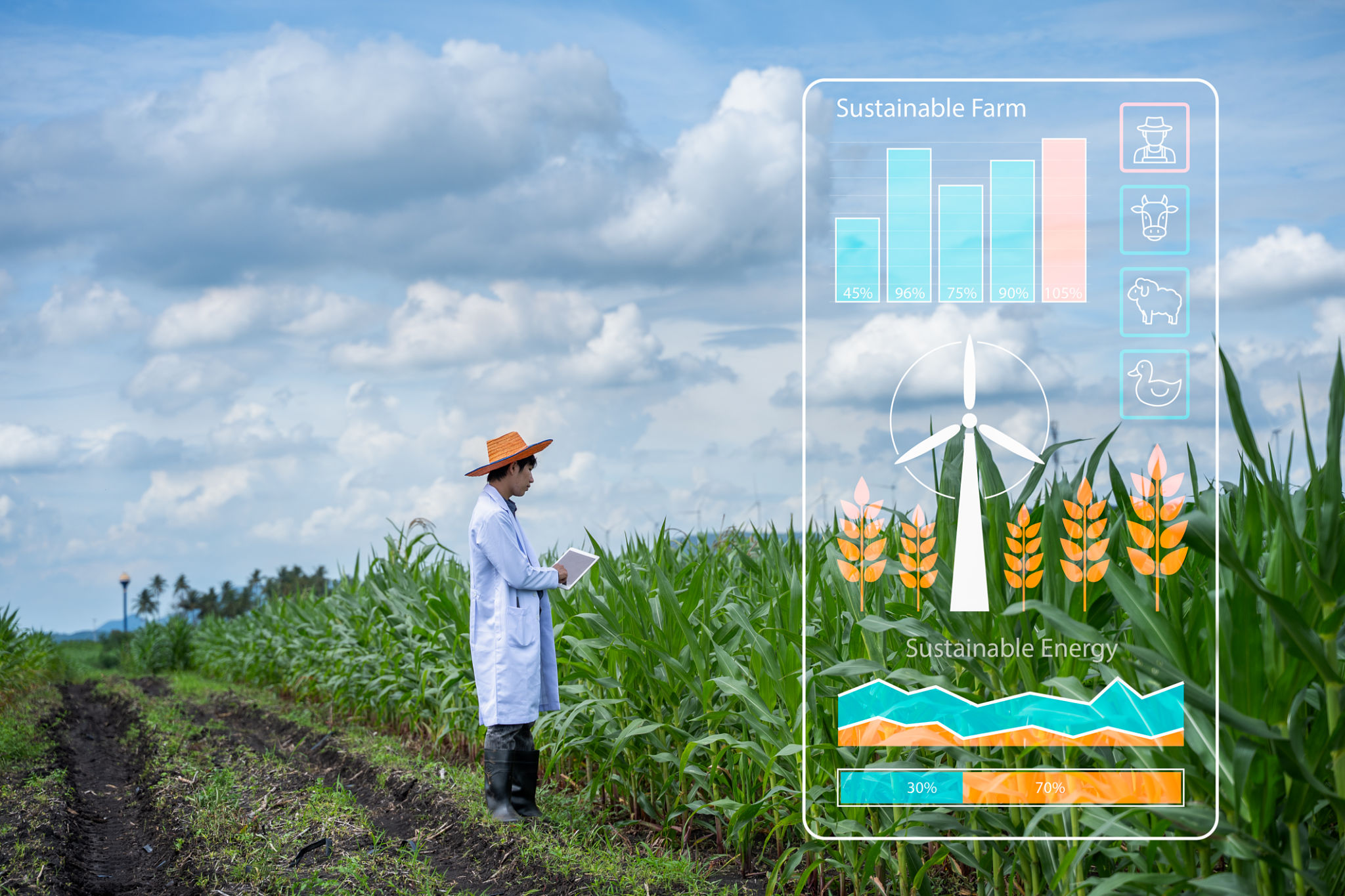Exploring the Future of the Agri-Food Industry: Key Innovations to Watch
Introduction to the Agri-Food Industry's Future
The agri-food industry is on the cusp of a significant transformation as innovations continue to reshape how we produce, distribute, and consume food. With increasing global populations and environmental challenges, the need for sustainable and efficient solutions is more critical than ever. This blog post delves into key innovations that are set to revolutionize the agri-food sector, providing insights into what the future might hold.
Precision Agriculture: The Digital Revolution
At the heart of the agri-food industry's evolution is precision agriculture, a technology-driven approach to farm management. By utilizing data analytics, satellite imagery, and IoT devices, farmers can optimize crop yields while minimizing waste and environmental impact. These technologies allow for real-time monitoring of soil conditions, weather patterns, and crop health, ensuring that resources are used efficiently.

Smart Farming Equipment
Smart farming equipment is another cornerstone of precision agriculture. Autonomous tractors and drones equipped with sensors and GPS technology are transforming traditional farming practices. These machines can perform tasks such as planting, watering, and harvesting with unparalleled accuracy, reducing the need for manual labor and increasing productivity.
Sustainable Food Production Methods
Sustainability is a focal point in the future of agri-food. Innovative methods like vertical farming and aquaponics are gaining traction as they offer solutions to land scarcity and water conservation. Vertical farms utilize stacked layers to grow crops indoors, reducing the land footprint and allowing for year-round production.

Aquaponics: A Closed-Loop System
Aquaponics combines aquaculture (raising fish) with hydroponics (growing plants in water), creating a symbiotic environment where fish waste provides nutrients for plants, and plants help purify the water. This closed-loop system is highly efficient, using less water than traditional farming methods and reducing the need for chemical fertilizers.
Biotechnology and Genetically Modified Organisms (GMOs)
Biotechnology plays a pivotal role in enhancing food security and reducing agricultural waste. Genetically modified organisms (GMOs) have been developed to resist pests, tolerate extreme weather conditions, and improve nutritional content. While GMOs remain a topic of debate, their potential to improve crop resilience is undeniable.

Cultured Meat: The Future of Protein
As concerns about animal welfare and environmental impact grow, cultured meat emerges as a promising alternative. Lab-grown meat is produced by culturing animal cells, offering a sustainable protein source without the need for livestock farming. This innovation could significantly reduce greenhouse gas emissions and land use associated with traditional meat production.
Blockchain in Food Supply Chains
Blockchain technology is set to enhance transparency and traceability in food supply chains. By providing an immutable record of transactions, blockchain ensures that every step of the supply chain is monitored, from farm to table. This transparency helps build consumer trust and can improve food safety by quickly identifying sources of contamination during outbreaks.

The Role of Big Data in Decision Making
Big data analytics is enabling more informed decision-making across the agri-food industry. By analyzing vast amounts of data from various sources, stakeholders can identify trends, predict demand, and optimize supply chain operations. This data-driven approach leads to more efficient resource allocation and better market responsiveness.
Conclusion: A New Era for Agri-Food
The future of the agri-food industry is exciting and full of potential. As these innovations continue to develop, they promise to create a more sustainable, efficient, and resilient food system. Embracing these changes will be crucial for meeting the growing demands of the global population while preserving our planet's resources for future generations.
